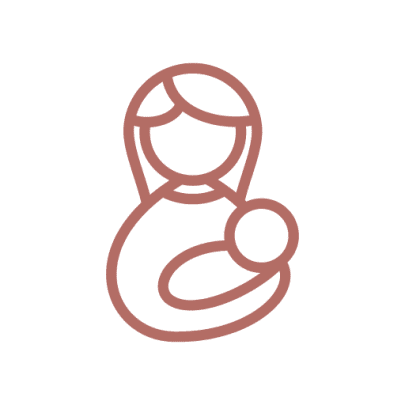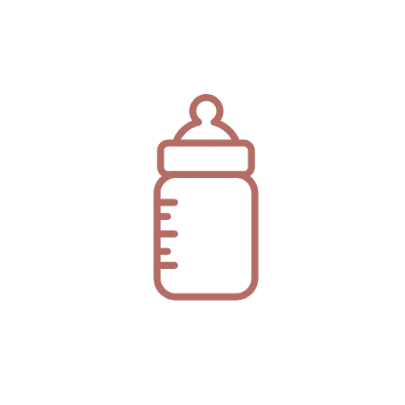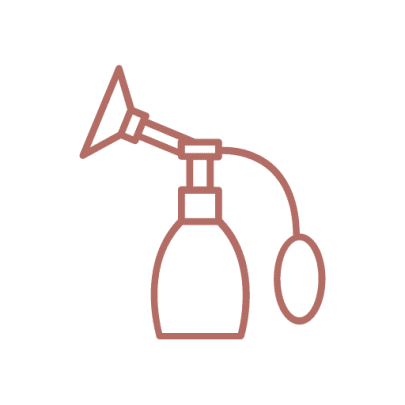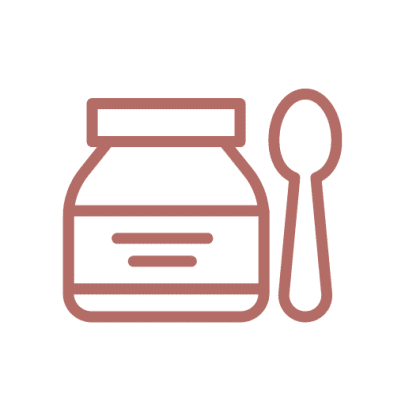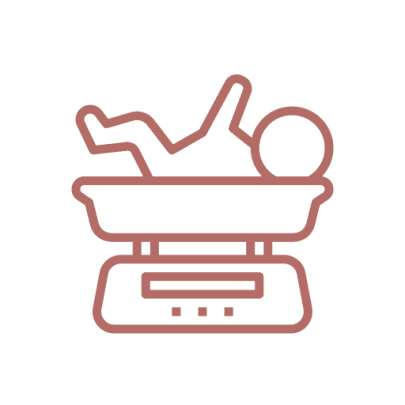You might have heard the phrase elastic nipples, and wondered what the heck it meant?! It’s different to “nip-lash” which is a comical phrase used to describe when a nursing baby turns their head and pulls your nipple while feeding. Elastic nipples can cause pain when using a breast pump.
What are elastic nipples?
This is an aspect of your post-baby body that you won’t necessarily know before you are a breastfeeding or pumping mum. Some woman are only aware of the situation when they start using a breast pump. The phrase Elastic Nipples refers to nipples that stretch an extreme amount while pumping – meaning that the nipple extends past halfway, or the end, of the breastshield flange, rather than just pumping in and out gently with the pump suction. So when Elastic Nipple occurs, and the nipple is drawn excessively into breastshield flange it means that too much areola is pulled into the flange, which can compress milk ducts, suppress letdown, and restrict the flow of breast milk, and can be painful.
Some woman with Elastic Nipples will find their nipple drawn through the entire length of the breastshield flange – and possibly even touch the end of the pump fitting. OUCH!
(See our article here which has a cartoon demonstration to show how much of the nipple should be drawn into the breastshield flange. Watching your areola at the breastshield is also a way to determine if you have the right size flange)
What Causes Elastic Nipples
Elastic Nipples are natural, normal, but not commonly discussed and a lot of people won’t actually realise until they start pumping. They’re another body related cause that your body endures due to pregnancy. This is naturally caused by the same hormone that stretches out your belly in pregnancy. Your nipples naturally become stretchier during pregnancy as you need that to happen for breastfeeding. Stretchy nipples is a natural thing, and beneficial for breastfeeding as it helps make it easier for baby to latch. Many mums just don’t even realise they have it, or that it is happening, as baby’s mouth is covering it when they are nursing.
It usually becomes apparent when you start using a breast pump, your nipple is pulled to halfway of the breastshield flange, or if you have pain while pumping that’s when it is time to troubleshoot. Pumping shouldn’t hurt.
What to do when you have elastic nipples?
Check the size of your Breastshield
Please watch the video in our previous article here as it shows you what the nipple should look like while pumping and how it should be drawn into the breastshield. Then you need to watch your nipple as you are pumping to see what it does, or get your partner to help you. If the breastshield is too large, it will pull too much areola into the flange – causing pain and blocked ducts, and if the breastshield is too small your nipple will rub on the sides. Both painful.
No-one considers nipple size before they are pregnant, but this is an important part with using your breast pump; as it should never been painful. See the measuring instructions on to measure your nipple diameter to know what size nipple you have.
(We have medela and unimom flanges at our store – in various sizes)
Lubricate before Expressing
Before you start pumping, you could use a warm heat pack (or hot flannel) over the breasts, and hand express to get a few drops of breast milk to squeeze into the breastshield to lubricate the sides of the tunnel (you could also use a few drops of olive oil but it better to use your own milk as a lubricant). This will help reduce friction and soreness, and will help to keep your nipple in place and should help with soreness.
Elastic Nipples and Breastfeeding
In terms of breastfeeding your baby at breast, having Elastic Nipples won’t be a problem. In fact if your nipples are stretchier and softer, it will make it easier for baby to latch and you might not even notice

